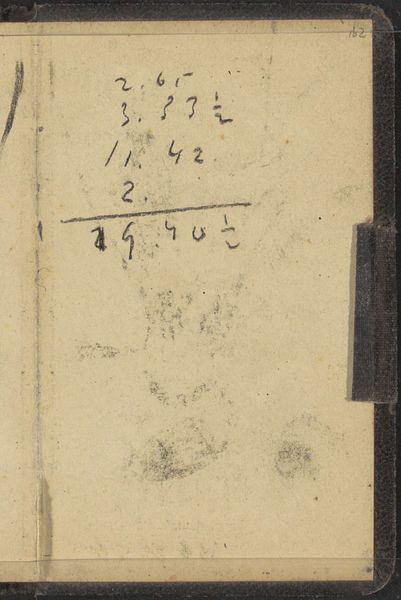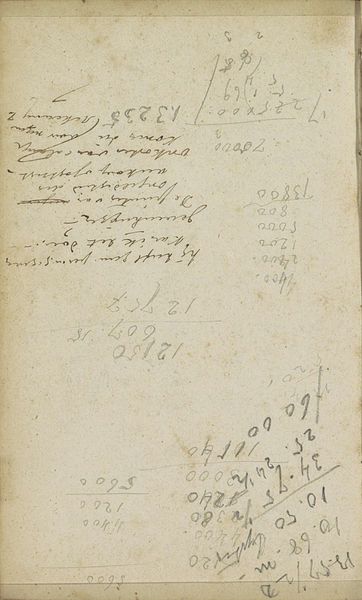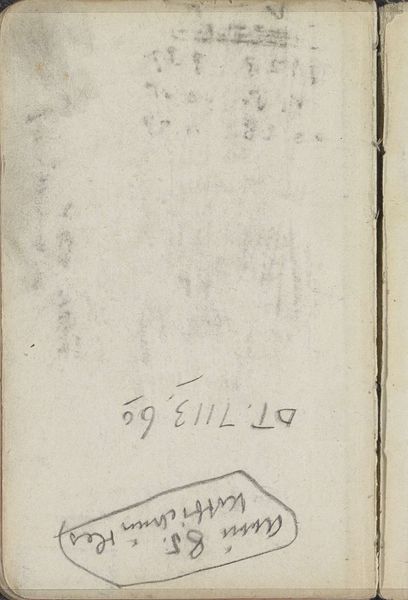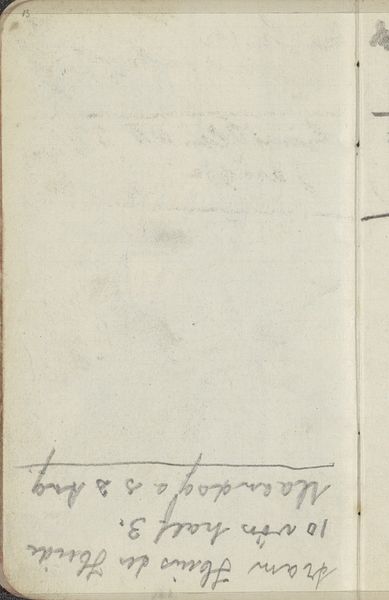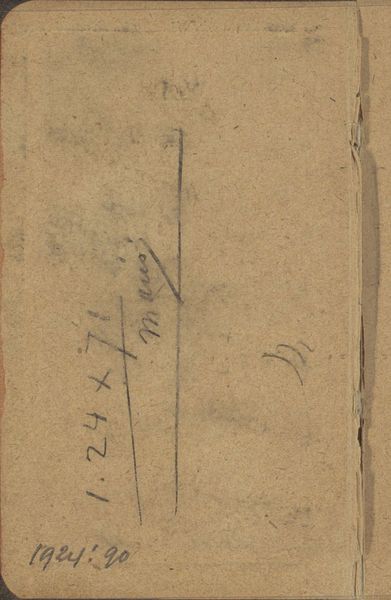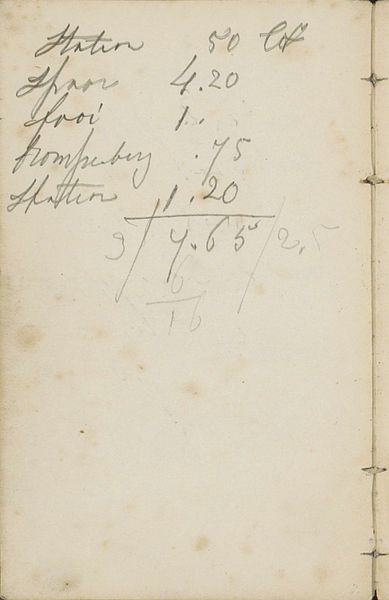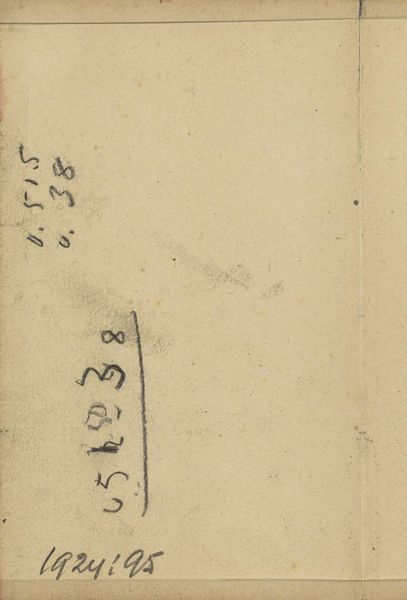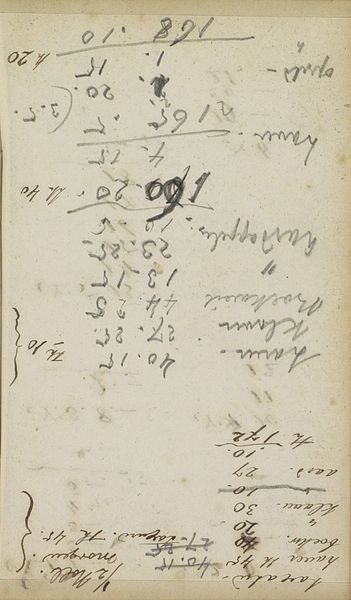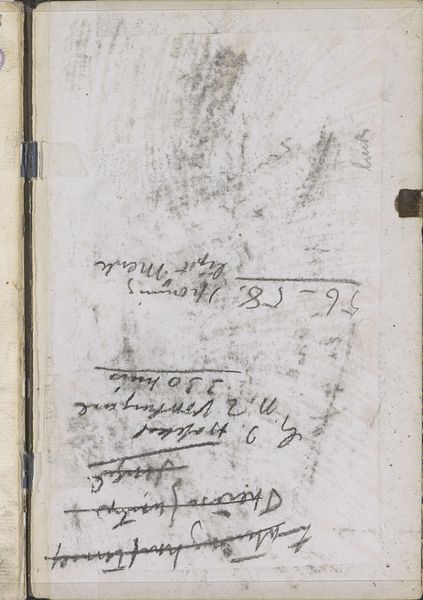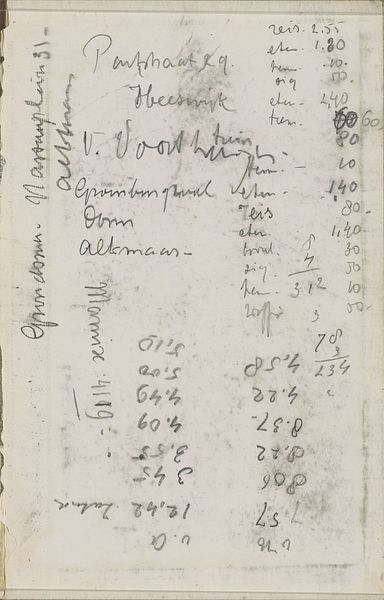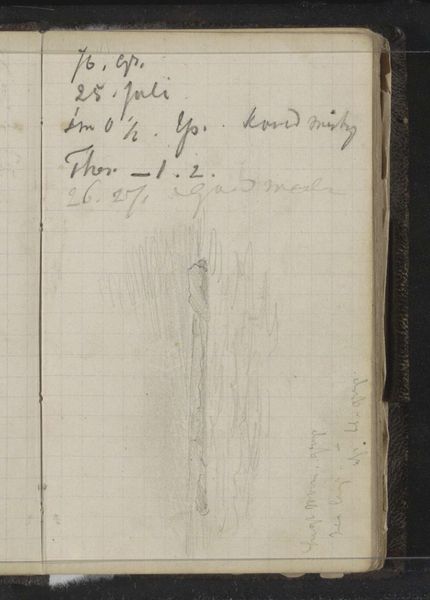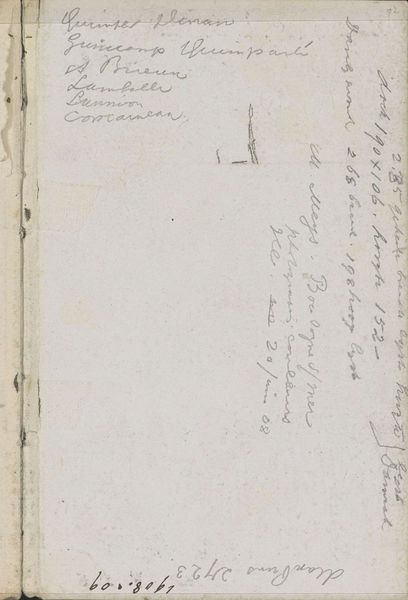
drawing, paper, ink, pencil
#
drawing
#
landscape
#
paper
#
ink
#
pencil
#
cityscape
Copyright: Rijks Museum: Open Domain
Editor: Here we have Adrianus Eversen's "Stadsgezicht," or "Cityscape," likely rendered sometime between 1828 and 1897. It’s a drawing executed in ink and pencil on paper. Curator: The initial impression is one of… ephemerality. The delicacy of the line work suggests a fleeting moment captured, more a notation than a declaration. Editor: Absolutely, and it’s that quality that underscores its value as a document of artistic process. Look at the material itself—paper, readily available, portable. This was likely created en plein air, reflecting a direct response to the surrounding environment. What appear to be handwritten notes above the sketch further root the image to the labor involved in its creation. Curator: I'm intrigued by the spatial relationships implied within the composition. Note the architectonic sketch seemingly juxtaposed by what one might interpret as monetary or structural accounting written above. Eversen brilliantly employs implied lines to evoke depth, guiding the viewer’s eye through the rudimentary street layout toward a horizon that ultimately fades into the plane of the paper itself. It’s self-referential. Editor: And doesn’t that also tell us something significant about the artist’s practice? He's using available resources, embedding fiscal records of procurement as extensions of the drawing's value. These are not arbitrary additions; they contextualize his material existence. They offer insight into his engagement with the social and economic realities intertwined with his artistic output. Curator: Still, observe how Eversen manipulates the tonal values with minimal means. There's an economy of expression. The interplay between positive and negative space creates a palpable atmosphere. It has weight, this deceptively simple sketch. Editor: Precisely! It serves not just as a formal study, but as a visual ledger connecting his artistic practice and day-to-day material conditions. It’s fascinating how an ostensibly quotidian act reveals the nexus between labor, art, and record-keeping within the art-making process. Curator: I leave with a heightened appreciation for how simplicity, in form and subject, can generate complexity. Editor: For me, it's how Eversen blurred art-making with routine labor—leaving behind something richer than just a cityscape.
Comments
No comments
Be the first to comment and join the conversation on the ultimate creative platform.

